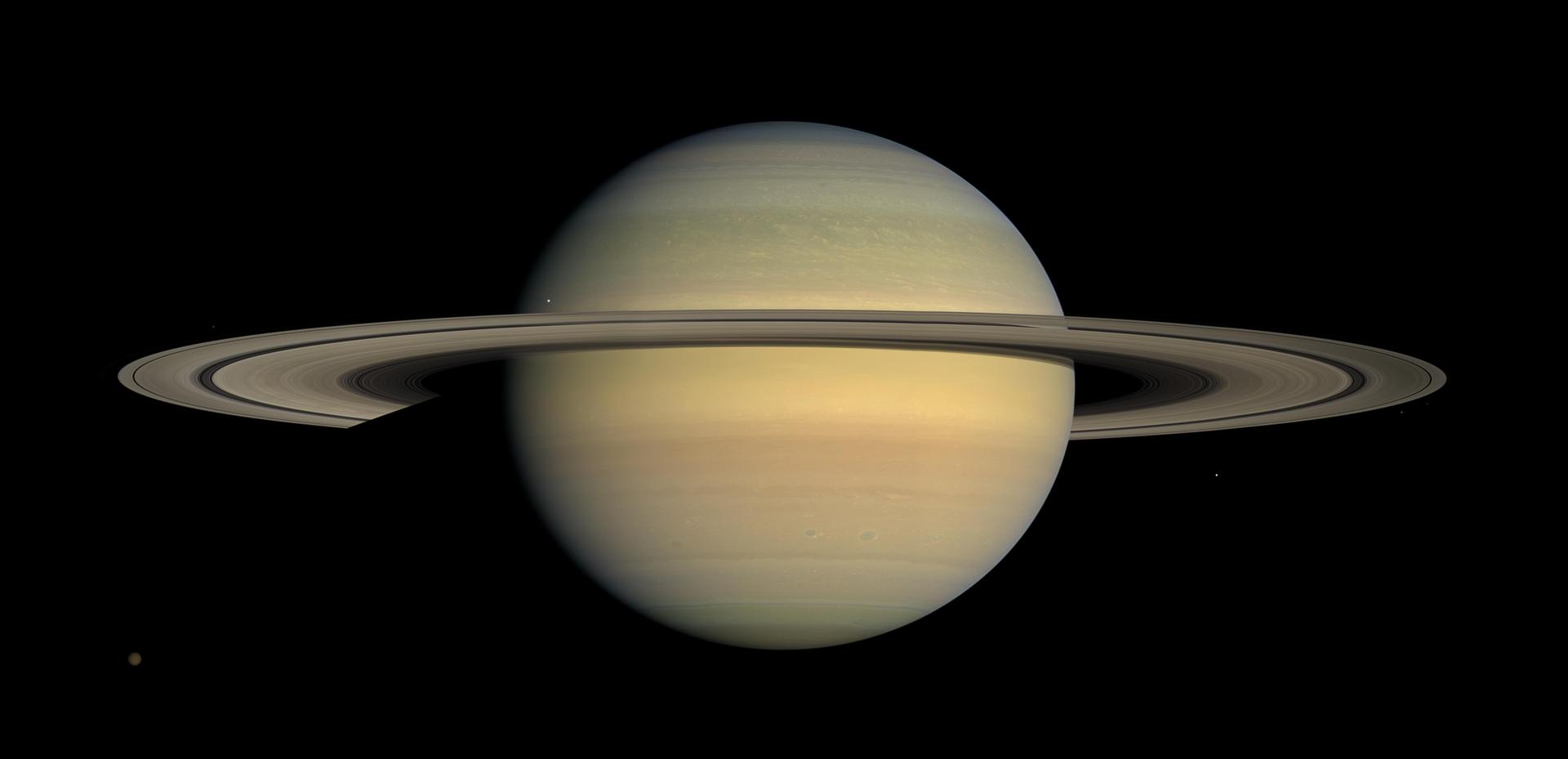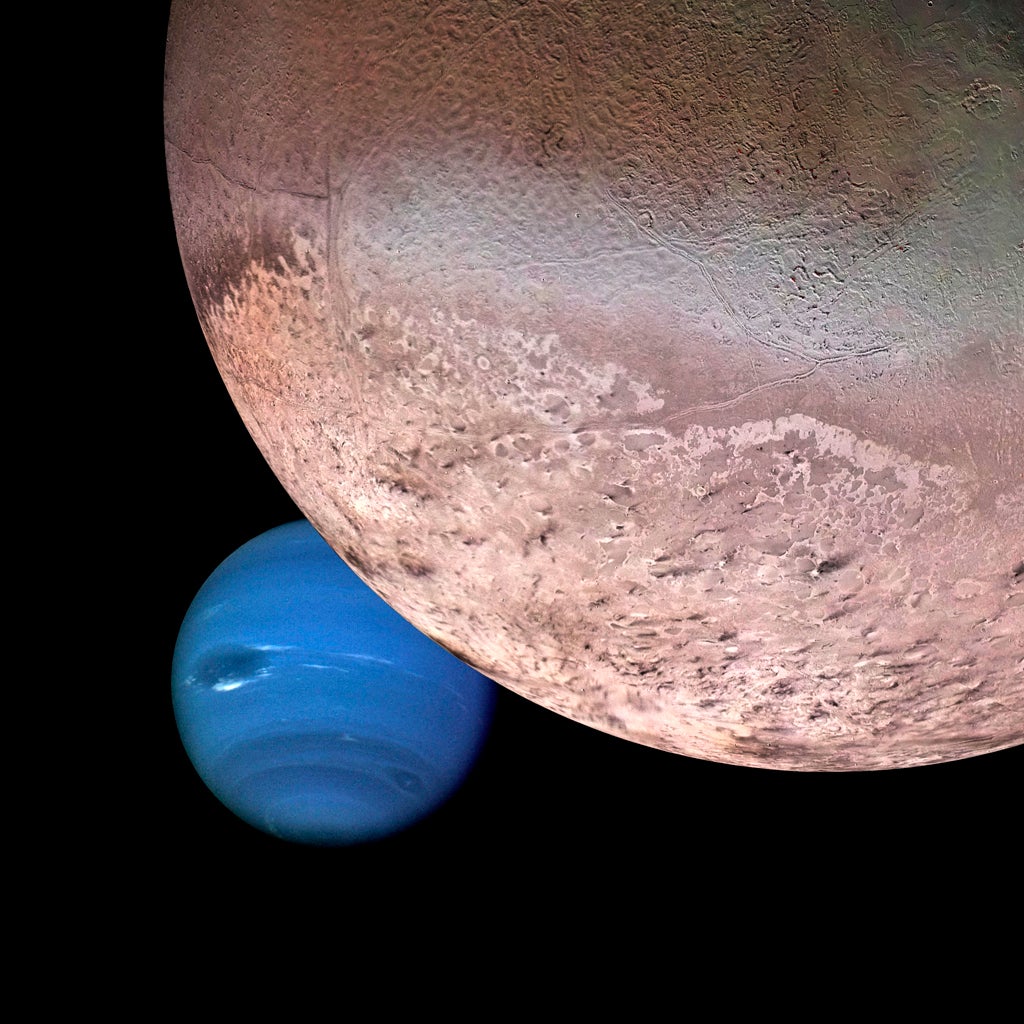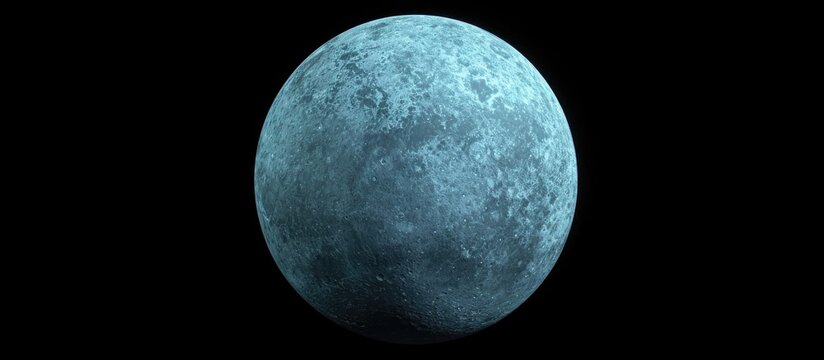Eris: The Rebel Queen of the Solar System
Explore Eris, the distant and mysterious dwarf planet that reshaped our understanding of the solar system. Discover its icy surface, extreme conditions, and the debate that redefined planets.
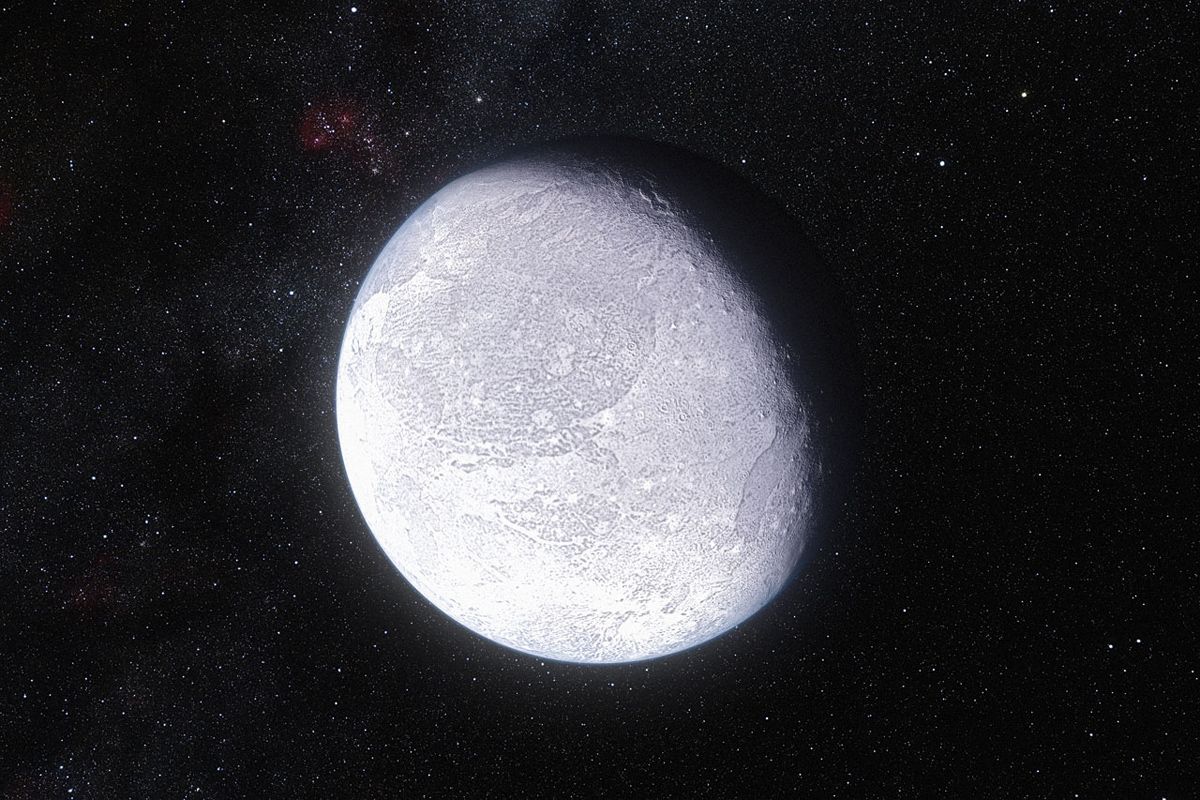
A Mysterious World of Ice and Rock
Eris, a dwarf planet lurking in the distant reaches of our solar system, is a world of frozen solitude. It resides in the scattered disc region, far beyond Pluto, in the Kuiper Belt. This enigmatic celestial body is covered in a thick layer of methane ice, giving it a silvery-white appearance. Unlike the warm hues of Mars or the blue swirls of Neptune, Eris shines with a cold, reflective brilliance, making it one of the most reflective objects in our solar system, second only to Enceladus, Saturn’s icy moon.
A Shape That Defies Expectations
Eris is nearly spherical, but what sets it apart is its near-perfect roundness compared to many other objects in the Kuiper Belt, which often take irregular shapes. With a diameter of approximately 2,326 kilometers, it is slightly smaller than Pluto but significantly more massive. This high density suggests a composition rich in rock beneath its icy shell, making Eris a unique hybrid of solidity and frost.
A Journey Through Cosmic Winter
Eris orbits the Sun at an astonishingly vast distance, approximately 96 astronomical units (AU) away at its farthest point. That’s about 96 times the distance between the Earth and the Sun! This extreme distance results in an orbital period of around 557 Earth years. Seasons on Eris last for centuries, with an eternal winter that dominates most of its surface. Any heat from the Sun takes nearly a week to reach this distant world, meaning Eris remains locked in an endless, silent freeze.
The Dwarf Planet That Shook Astronomy
Eris played a revolutionary role in redefining our understanding of planets. Its discovery in 2005 led to a heated debate about what constitutes a planet, ultimately leading to Pluto’s controversial demotion. Before its classification as a dwarf planet, Eris was considered the ‘tenth planet’ of our solar system. Its presence forced astronomers to rethink how we categorize celestial bodies, making Eris one of the most influential discoveries in modern astronomy.
The Fiery Name Behind a Frozen World
Despite its icy nature, Eris was named after the Greek goddess of strife and discord. The name is fitting, considering the chaos it caused in the scientific community by challenging Pluto’s planetary status. Eris’s only known moon, Dysnomia, was named after the goddess of lawlessness, adding to its rebellious legacy. This celestial duo—Eris and Dysnomia—represents disorder in a part of space known for its unpredictable and chaotic orbits.
A Slow Spin in a Lonely Dance
Eris takes about 25.9 hours to complete one full rotation, making its day slightly longer than Earth’s. This sluggish spin suggests that Eris’s core and surface may have settled into a stable state over time, unlike other celestial bodies that experience rapid rotations or violent shifts. Dysnomia orbits Eris every 16 days, maintaining a steady dance around its icy queen. Their isolated existence in the outer solar system adds to their mystique, far removed from the dynamic chaos of the inner planets.
A Surface Locked in Ancient Ice
Eris's surface is covered in methane ice, which reflects nearly 96% of the light that reaches it, making it one of the brightest objects in the Kuiper Belt. This icy layer hints at a possible history of cryovolcanism—volcanic activity involving ice instead of molten rock. Unlike Earth, where volcanoes erupt with lava, Eris may have once spewed frozen methane or nitrogen, coating its surface in a glacial shell that has remained untouched for millions of years.
Secrets Beneath the Ice
While its surface is frozen and lifeless, scientists speculate that Eris might harbor a subsurface ocean, much like Europa and Enceladus. If this hidden sea exists, it could potentially support microbial life in the distant future. However, Eris’s extreme cold—reaching temperatures as low as -243 degrees Celsius—makes it one of the most inhospitable places in the solar system, where even the hardest substances turn brittle under the relentless freeze.
A Planetary Outcast with a Powerful Presence
Eris exists on the fringes of our solar system, yet its gravitational influence is profound. It has a significant mass for its size, indicating a dense core likely composed of silicate rock. Its discovery reshaped astronomy and forced us to reconsider our place in the cosmos. Though Eris may be distant and isolated, its impact on our understanding of the solar system remains powerful, proving that even in the coldest corners of space, great influence can arise.
A Future Filled with Cosmic Mysteries
Eris remains an unexplored frontier. No spacecraft has yet visited this icy world, leaving many of its secrets hidden beneath its frozen crust. Future missions might unlock new insights into its composition, potential subsurface ocean, and how such a distant object has remained geologically intact for billions of years. As our technology advances, Eris may one day reveal answers to some of the most profound questions about the outer reaches of our solar system.
The Final Word: A Frozen Titan Worth Exploring
Eris is more than just another dwarf planet—it is a cosmic renegade that challenged everything we thought we knew about planetary classification. Its icy brilliance, rebellious history, and hidden mysteries make it one of the most fascinating worlds in our solar system. While it may be distant and overlooked, Eris has already left an undeniable mark on astronomy. One day, when humanity ventures further into the cosmos, Eris may finally receive the recognition it deserves as the icy queen of the outer solar system.
What's Your Reaction?







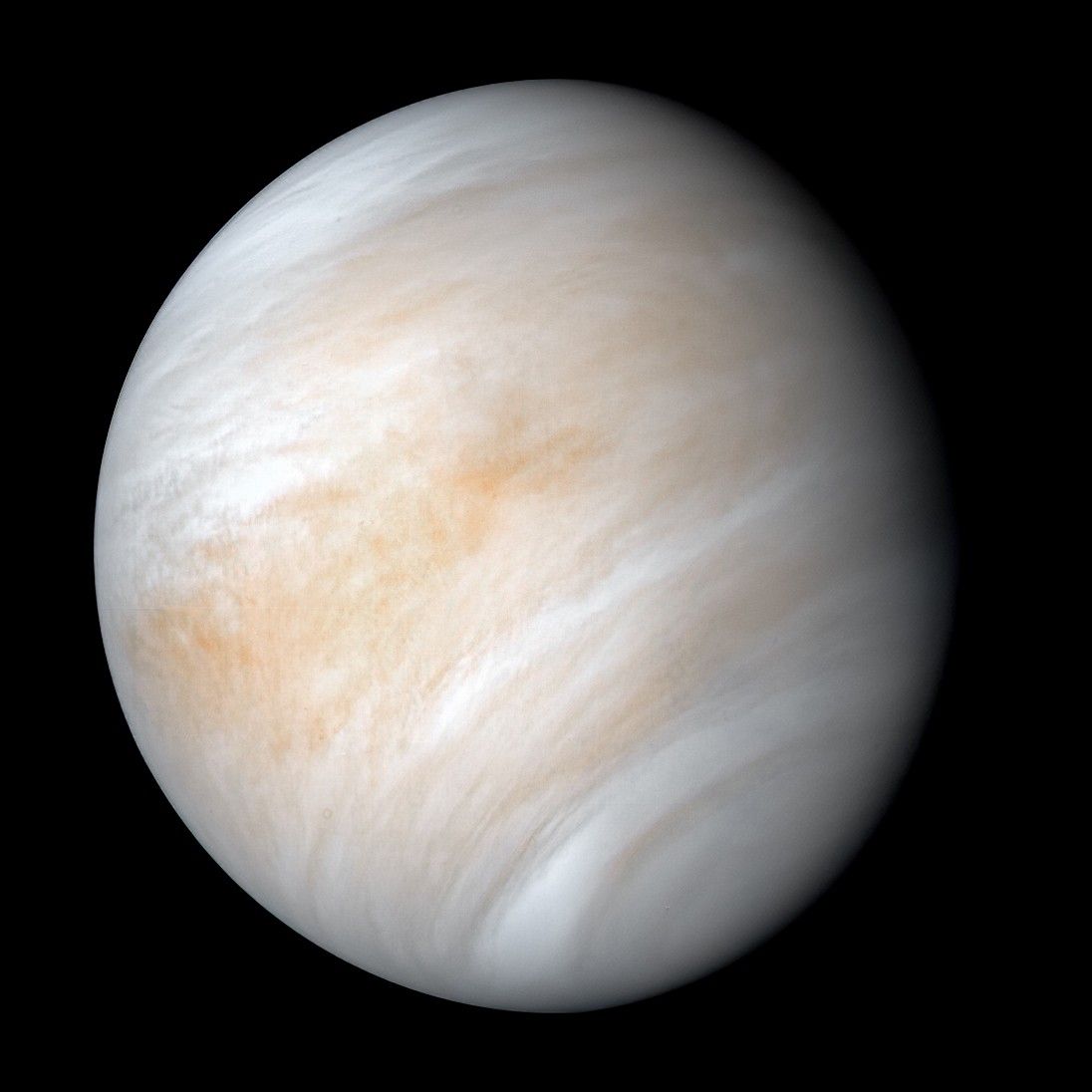

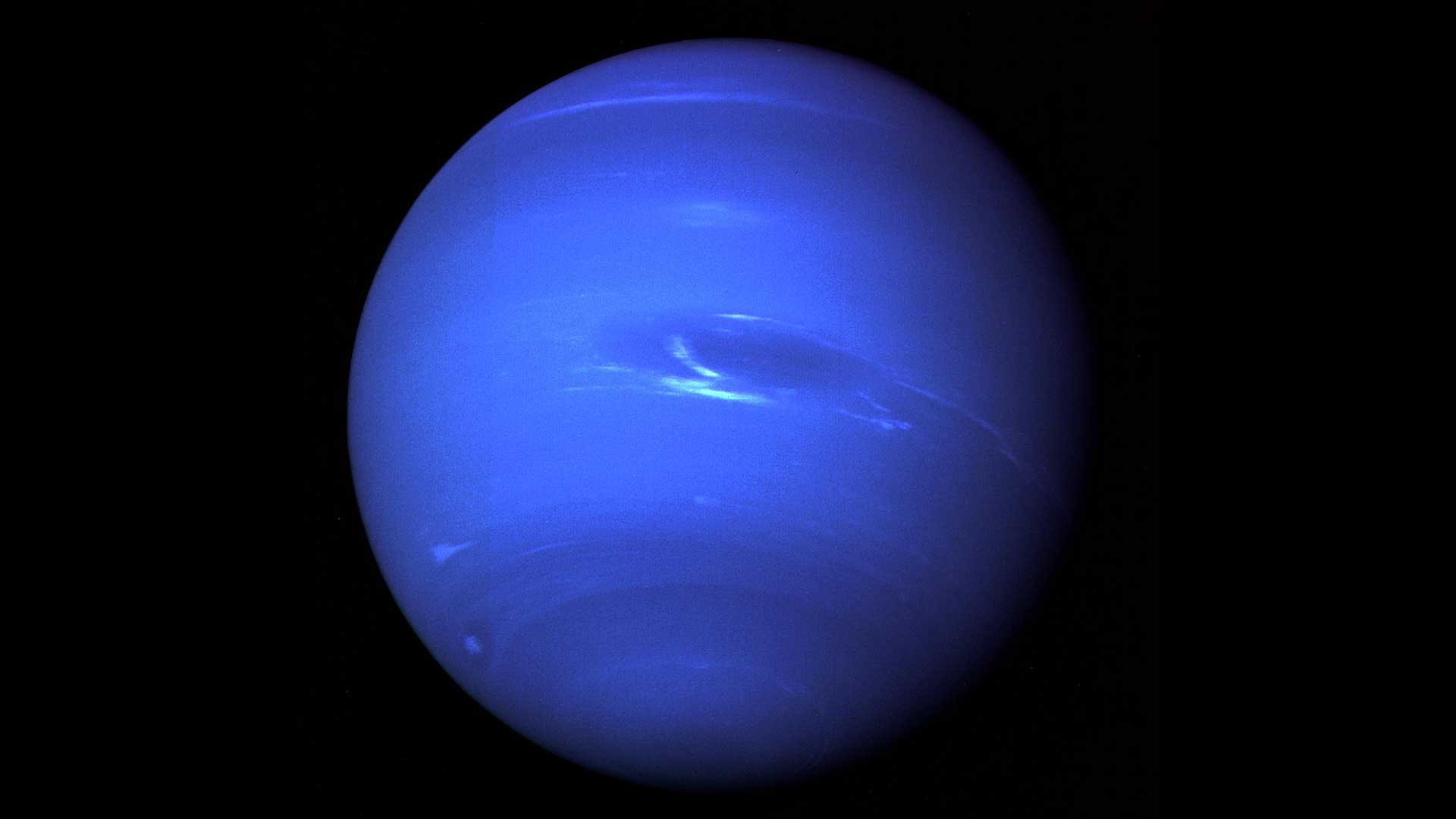


/https://tf-cmsv2-smithsonianmag-media.s3.amazonaws.com/filer_public/54/66/546650fa-26a4-40fd-8d6d-5a7a04540f81/rosetta2.png)
:max_bytes(150000):strip_icc():focal(999x0:1001x2)/robert-prevost-050825-1-39395418ab494da5a3a700c9478e66c8.jpg)















































format(webp))
format(webp))
















